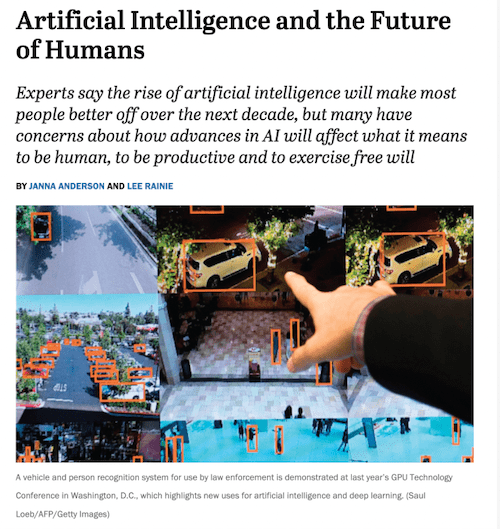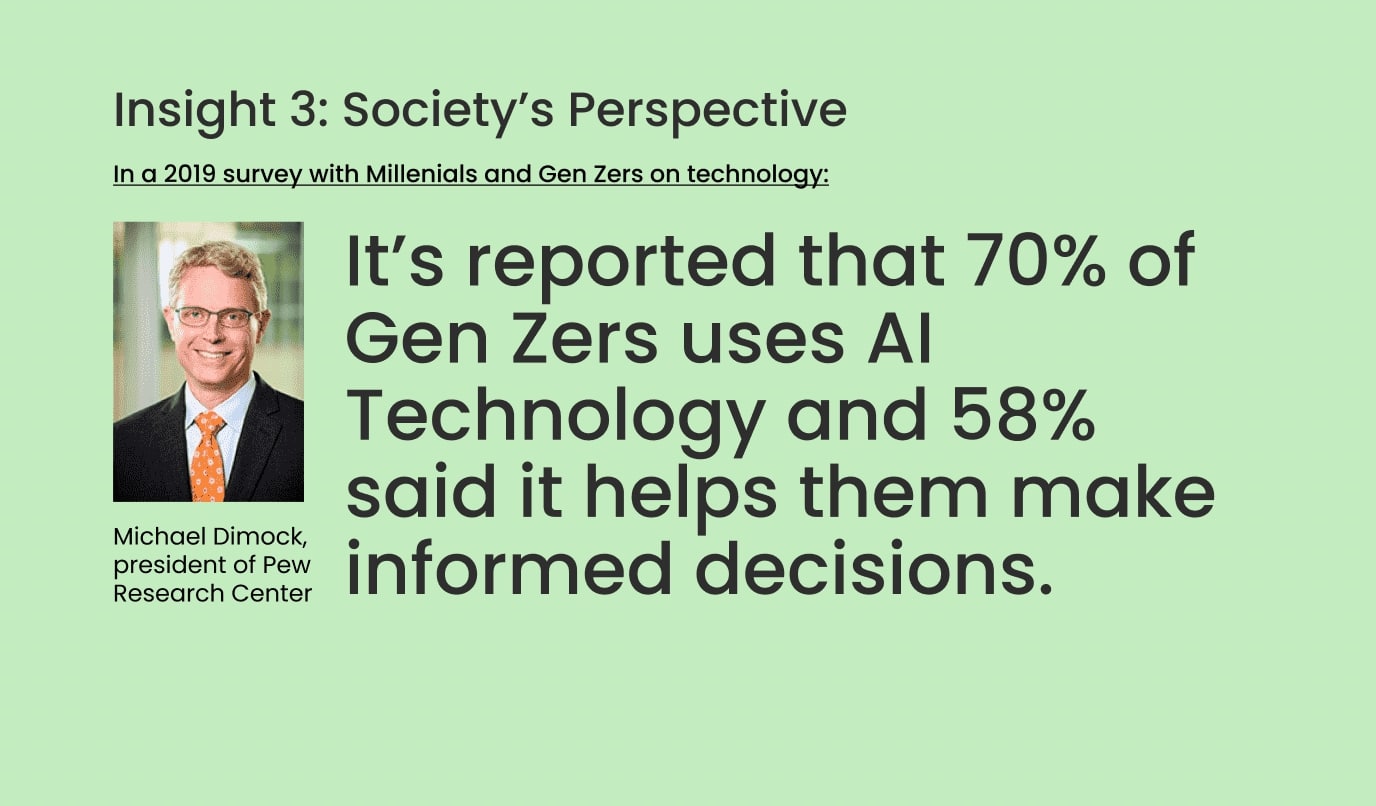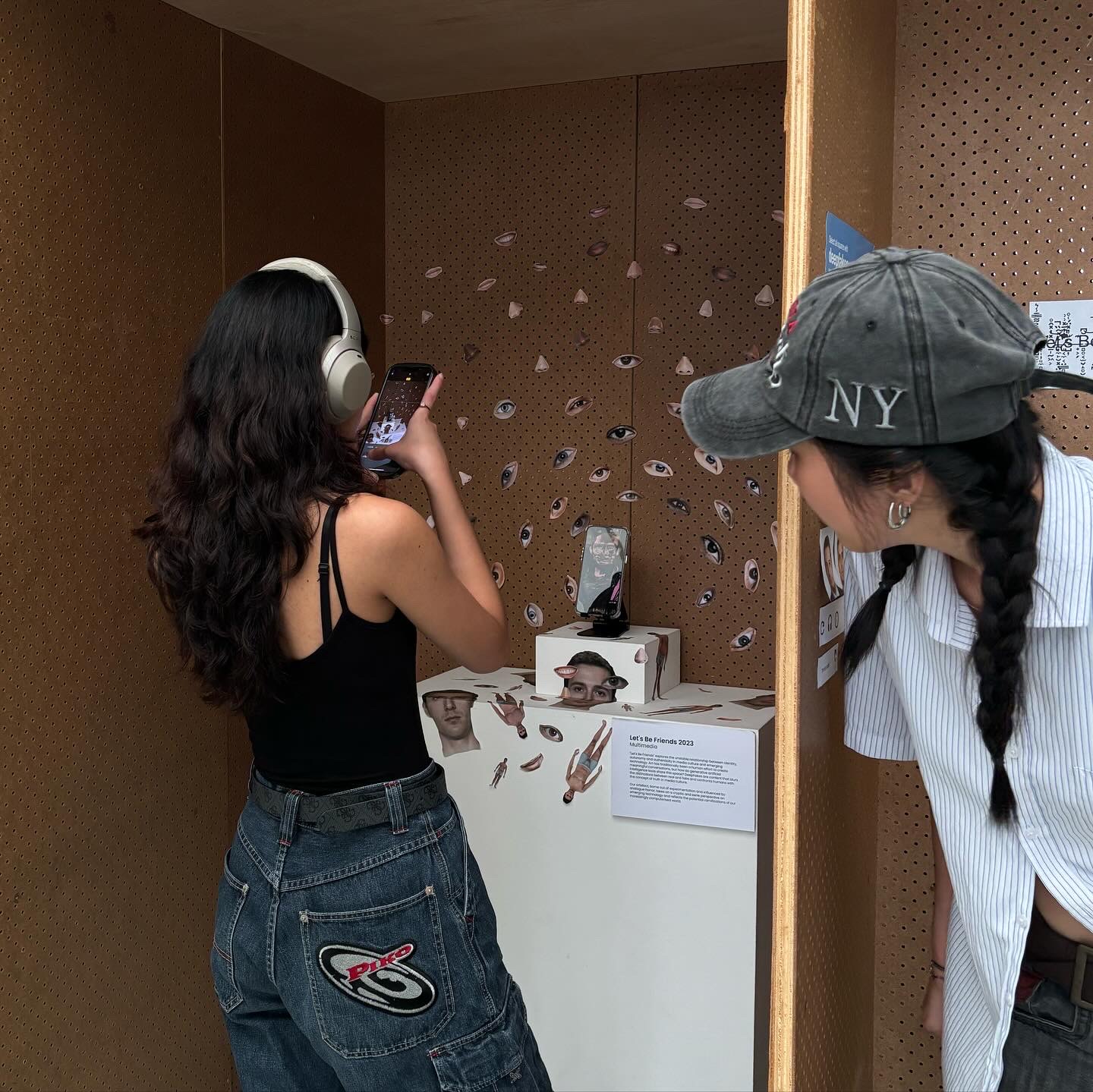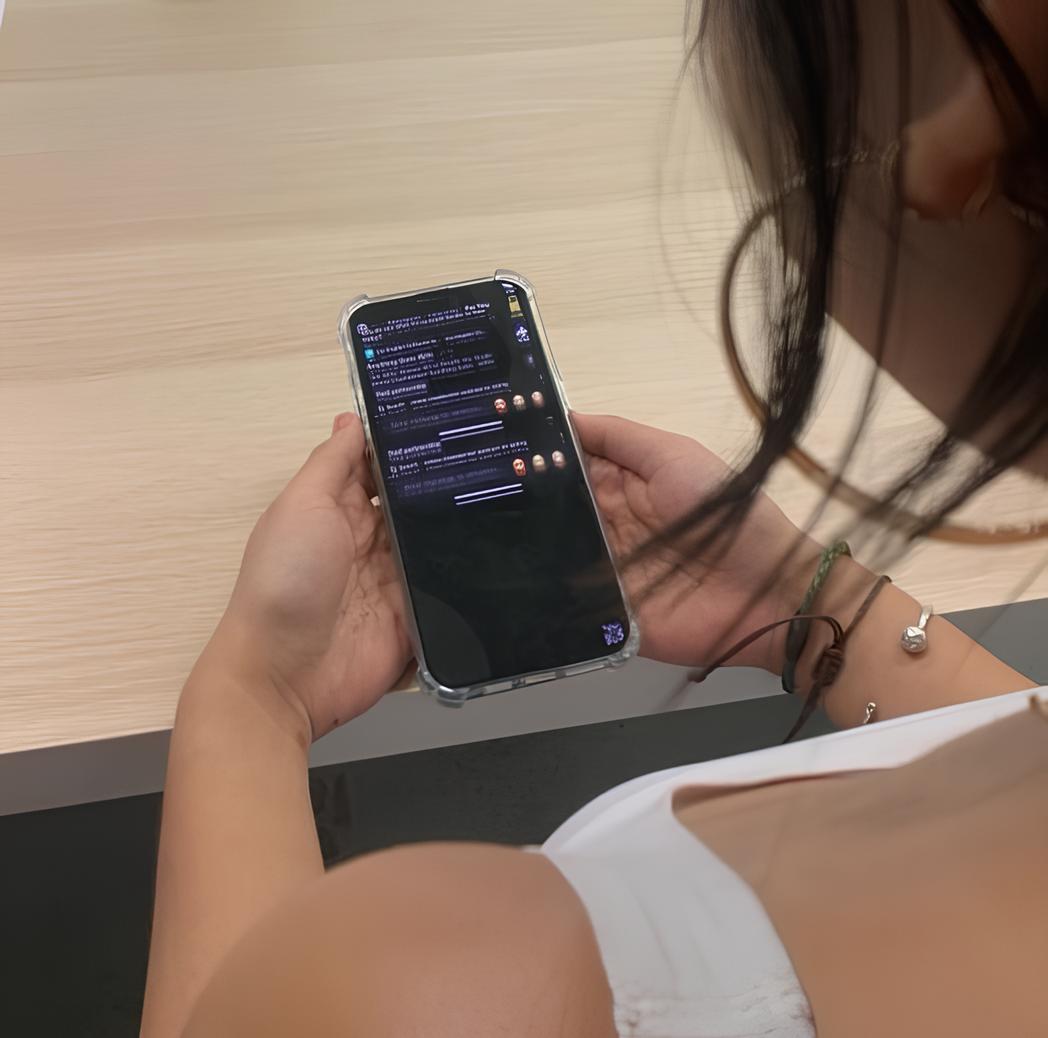Findings
This page discusses the research and inspiration behind "Let's Be Friends". As well as the challenges we had along the way and how we overcame them by taking feedback from peers and lecturers and our achievements.





Insights: AI Dominance
- Today, the Artificial Intelligence market is taking the world by storm, with an expected market growth rate of 38.1% annually compared to the Healthcare Services market at 8.27%. AI has become a sensational phenomenon that we are set to witness more and more.
- With the increased use of technology in our surroundings, humans have begun to lose their sense of identity. We are getting somewhat hidden and overshadowed by the proliferation of robots in this increasingly robotic and technologically driven environment.
- According to one study, a significant proportion of Generation Z people rely extensively on artificial intelligence, using it for advanced technology and even entrusting it with decision-making. However, it is important to note that their significant reliance on AI may not be helpful to them in the long run.
Insights: Deepfakes vs Shallowfakes
- Deepfakes include manipulating images of people using generative technologies, artificial intelligence (AI) and machine learning algorithms to convincingly copy or imitate someone. These creations are difficult to differentiate, unless identified by a credible source or creator themselves.
- Shallowfakes, which are a subclass of deepfakes, are created with readily accessible AI cloning tools. As a result, shallowfakes are frequently more obvious than deepfakes, seeming suspicious, humorous, and unsettling all at the same time.
- TikTok has become extremely popular among Gen Z. Younger viewers have found the platform's short-form video style, innovative features, and user-friendly design particularly enticing. It also has become a prominent site where shallow and deep fakes have become increasingly common. Mimicking notable personalities for content has become a popular TikTok practice. The wide availability of AI cloning tools on the internet adds to the propagation of misinformation, as demonstrated by Bella Hadid's statement on Palestine and Israel matters.
In summary, the Artificial Intelligence (AI) market is taking the world by storm, questioning our identity, autonomy and authenticity in media culture today.

Design decisions
Analogue horror is a YouTube subgenre that uses basic visual techniques to tell horror stories. It honours the technique of immersive psychological horror by combining existing footages and symbolic images, with a strong emphasis on building tension gradually. We chose to mix analogue horror technique with shallowfakes to create meaningful conversation about AI-cloning tools.
The following categories explore how each component are decided to build relevance, realism and tension for an errie and cyptic effect.
Building on this topic, we investigated the artefact's visual presentation:
- Format: To increase engagement and resonance with the target audience, the video was intentionally created within the familiar TikTok interface.
- Visual Effects: We employed contemporary glitches to create a compelling portrayal of a disruption. This is done with experimentation on Datamoshing to create glitches on footages such as the widely used "inifnite scroll glitch" in our artefact.
- Graphic components: To increase realism, we included components from the mobile UI and local media graphics, ensuring an authentic portrayal that corresponds to the audience's digital experiences.
- Sounds: We used mobile phone vibrations, speech manipulation, and creepy background sounds to create a multi-sensory experience. These sound elements were chosen to elicit a sense of discomfort and increase the overall impact of the video.







Challenges
Our first challenge was that our initial Deepfake tests looked more silly than scary, as we could not access cinema-grade AI-cloning tools. This challenge did not help, as our intended approach was to create a spooky effect.
We overcame the challenge by recontextualising our project from the perspective of Shallowfakes. We embrace the silliness by adding a bit of humour and further intensify the scariness with visuals, audio and storytelling. Although initially challenging, this option proved favourable as our project developed.
Our shallowfake approach's blend of humour and horror helped us create an engaging narrative for viewers. This fusion also left the video's genre open to interpretation, with some finding it spooky and others recognising a comic element (reflecting our perspective on emerging technology).

Deep Editor by Flawless (Exclusive AI-powered tool for film studios) 
Sadtalker (Accessible AI cloning tool for public use)
Initial testing via Sadtalker (without glitches) Initial testing via Sadtalker (with glitches)
Feedback
The lecturers provided useful comments during the consultation sessions, which acted as a guiding force in the growth of our research. The questions offered by our professors were critical in establishing our project aims. Andreas also brought attention to a possible link between children utilising TikTok and the inherent risks related with the site.
We let passerbys and classmates to experience in our booth to measure audience comprehension, and we received a variety of responses:

Feedback from friends & strangers 
Feedback from andreas
Achievements
Our most significant achievement was successfully utilising accessible AI cloning tools to create a compelling video narrative that is silly, scary and feels uncanny at the same time. This accomplishment shows our ability to use readily available technology to create a thought-provoking and visually appealing composition.
Furthermore, when we showed the film to our peers, we were satisfied with how each person has their own unique interpretation of our narrative. This interaction shows the the richness and depth of our storytelling, as it reflects our intended approach of challenging the concept of truth in media culture.









